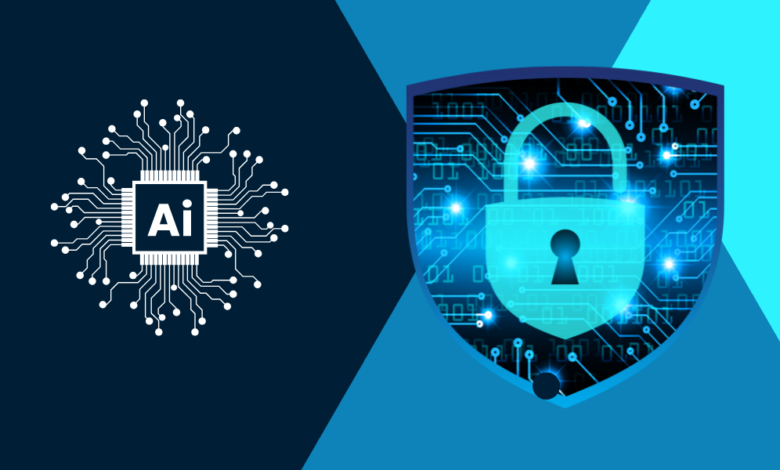
Cloud security is no longer just an IT concern—it has become a fundamental challenge for organizations across industries as cyber threats grow more sophisticated. The increasing reliance on cloud computing in sectors such as healthcare, finance, and media has made securing digital assets more critical than ever. Traditional security models are proving insufficient against modern attack strategies, and as AI-driven cyberattacks become more prevalent, the need for adaptive, intelligent security frameworks has never been greater. Industry leaders are exploring innovative solutions to address these challenges, integrating AI, encryption, and automation to build stronger defenses against evolving threats.
In today’s rapidly evolving digital landscape, security and innovation are paramount. With extensive experience in software engineering and cloud security, one expert has been instrumental in developing practical solutions that help organizations strengthen their digital defenses. Venkata Nedunoori with over 16 years of experience in the field, is currently serving as Associate Director, Software Engineering at a leading media and communications company. His expertise spans a wide range of industries, including insurance, banking, airlines, media, and advertising.
His ability to merge advanced technology with practical solutions has contributed to advancements in encryption, automation, and AI-driven security frameworks. His research and technical contributions have helped organizations adopt more effective strategies for safeguarding their digital ecosystems.
Pioneering Cloud Security with AI
As the technology landscape evolves, so do the threats targeting cloud environments. This expert has been at the forefront of addressing these challenges, particularly in the realm of encryption and key management. His recent contributions include an AI-powered contextual key generation methodology, which dynamically generates encryption keys based on contextual factors such as time of day, user location, and network security levels.
This approach not only eliminates vulnerabilities associated with traditional key management systems but also ensures that each session’s encryption keys are uniquely tailored to its specific security requirements. By integrating AI into the process, he has created a framework that adapts in real-time to evolving threats, offering organizations a proactive defense against sophisticated cyberattacks.
“AI-driven key generation enhances cloud security by allowing data protection to adapt in real-time to evolving threats,” he explained. “By responding intelligently to environmental changes, we can ensure more robust encryption protocols that align with modern security challenges.”
Insights from XRaised Interview
In a recent interview with XRaised, he shed light on the most pressing challenges in cloud security and shared actionable strategies for addressing them. He emphasized the need to fully understand the shared responsibility model, which divides security obligations between cloud providers and their users. Many organizations, he noted, fail to recognize their role in securing their data, leading to exploitable vulnerabilities.
He also discussed the growing prevalence of AI-driven cyberattacks, which automate vulnerability discovery and exploit generation. To counter these threats, he advocates for organizations to adopt AI-based defensive mechanisms that include real-time threat detection, automated remediation, and anomaly analysis.
Balancing scalability and security in cloud environments is another area where he has made significant contributions. He promotes the concept of ‘security by design,’ embedding robust protections into infrastructure from the outset. His recommendations include adopting zero-trust security models, leveraging containerized architectures, and implementing performance monitoring systems that flag unusual activity in real-time.
Advancing Compliance in Regulated Industries
For industries with stringent compliance requirements, such as healthcare and finance, he offers clear guidance on aligning security strategies with regulatory standards. He emphasizes the importance of conducting gap analyses to identify areas of non-compliance and using cloud-native tools like AWS Config and Azure Policy to enforce compliance at scale.
“Compliance is more than meeting regulatory requirements; it’s about fostering accountability,” he noted. “By combining advanced tools with regular audits and ongoing training, organizations can stay ahead of regulatory changes and emerging threats.”
Excitement for Emerging Technologies
Looking to the future, he is particularly enthusiastic about the potential of confidential computing and homomorphic encryption to revolutionize data privacy. Confidential computing uses secure enclaves to protect data during processing, while homomorphic encryption allows computations on encrypted data without exposing its contents. Both technologies are poised to address some of the most pressing challenges in data security and privacy.
Additionally, he is preparing for the advent of quantum computing, which threatens to disrupt existing encryption standards. He encourages professionals to stay ahead by gaining expertise in quantum-resistant algorithms and emerging cryptographic methods.
Conclusion
Beyond technical expertise, he actively engages in collaboration between academia and industry, contributing to ongoing discussions in cybersecurity and encryption. His research and contributions in AI, encryption, and cloud security are helping organizations adopt more advanced security frameworks in an increasingly connected world.
As cybersecurity continues to evolve, his work in secure, adaptive, and privacy-centric technologies contributes to developing more resilient security strategies. His insights into AI-driven security, encryption advancements, and compliance frameworks offer organizations the tools they need to navigate the complexities of modern cloud security.
By focusing on innovation and collaboration, he continues to play a pivotal role in shaping cloud security strategies that address the needs of today while anticipating the challenges of tomorrow.



